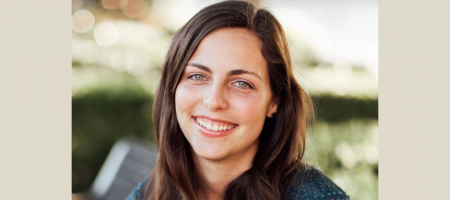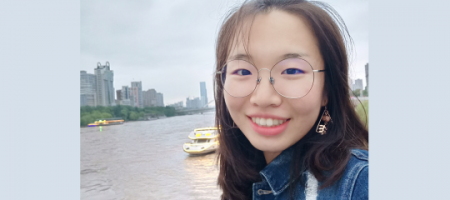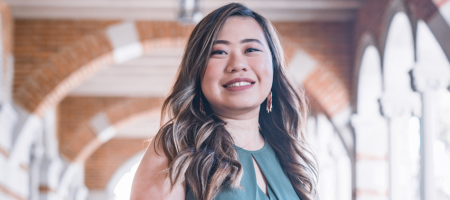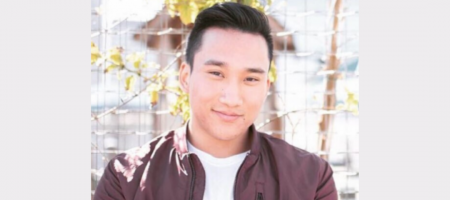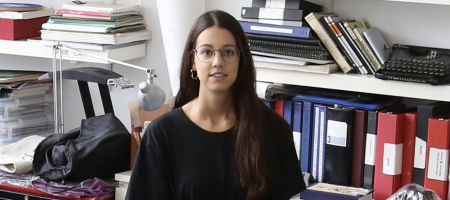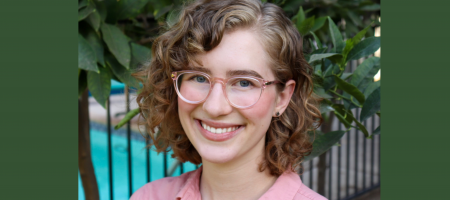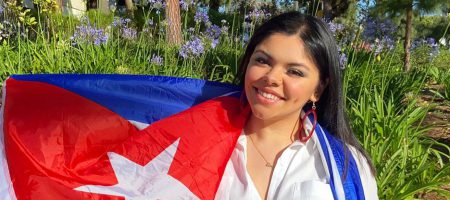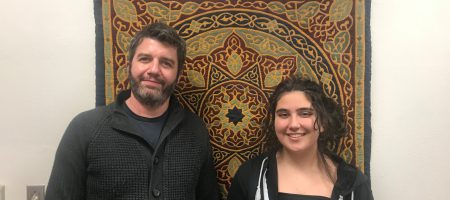Student Spotlight – Zoe Reinecke
Meet fourth-year undergraduate researcher Zoe Reinecke!
Zoe Reinecke majors in International Development Studies and minors in Education and is in our Undergraduate Research Scholars Program (URSP). The title of her project is “Non-Governmental Organizational Responses to the Educational Needs of Refugees in Kenya During the COVID-19 Pandemic”. She wishes to inform of ways in which policy can be leveraged to improve the educational experiences of refugees. Her best piece of advice is to go for it! She recommends finding a mentor you respect and who is invested in your research and your future.
How did you first get interested in your research project?
During the summer of 2018, I had the privilege of working with refugees and victims of human trafficking in Europe. Upon returning to the United States, I continued to grapple with how to strategically decrease one’s vulnerability to human trafficking. I was unsettled by the harsh reality of the systemic and perpetual nature of human trafficking. When one person was able to leave human trafficking, more times than not there was another individual that replaced them. I turned my attention to strategic ways to decrease the vulnerability of refugees to trafficking. Education emerged as a necessary factor.
At UCLA, I pursued opportunities within my coursework, internships, and research projects to engage with refugee education in greater depth. These experiences eventually led to working with organizations in Kenya, which informed my focus for my honors thesis. Further, as the world continues to suffer from the impacts of the coronavirus, I knew I needed to investigate how the coronavirus has impacted the educational experiences of refugees in Kenya and how non-governmental organizations are responding to the changing educational needs of refugees. To gain a greater understanding of the educational realities of refugees in Kenya during the coronavirus pandemic and non-governmental responses, I am conducting semi-structured interviews with non-governmental organizations, teachers, and refugees.
What has been the most exciting aspect of your research so far?
Throughout the last six months, I have enjoyed witnessing my research evolve and change. Although stressful at times, it is ultimately exciting to allow existing literature and conversations with scholars and community members inform my work. Additionally, it has been exciting to meet incredible individuals, in Kenya and the United States, through my research.
What has surprised you about your research or the research process?
Before pursuing my research, I had never worked on the same research project for the same amount of time as I am with this project. Inevitably, this has meant that it has been a learning experience. I have been surprised by how often I am adjusting my project, something that I had not allowed myself to do in other research projects. I have also been surprised by how much I have enjoyed the research process, which has informed my decision to pursue a graduate degree.
What is one piece of advice you have for other UCLA students thinking about doing research?
If you have any desire to do research, I encourage you to do it. UCLA offers many opportunities to conduct your own research or work with others. These opportunities are much harder to access and participate in after graduating. You will meet incredible individuals who are eager to invest in you and your future. Also, research is a great way to improve your writing and critical thinking skills. Ultimately, research is an exciting process and you will learn a lot if you are willing to invest in the project.
What effect do you hope your research has in your field, at UCLA, in your community, or in the world?
I hope that my research will provide policy suggestions for non-governmental organizations to better meet the educational needs of refugees during the COVID-19 pandemic. Furthermore, I hope that these insights will extend beyond the pandemic and translate into more efficiently and effectively delivering education to refugees.


